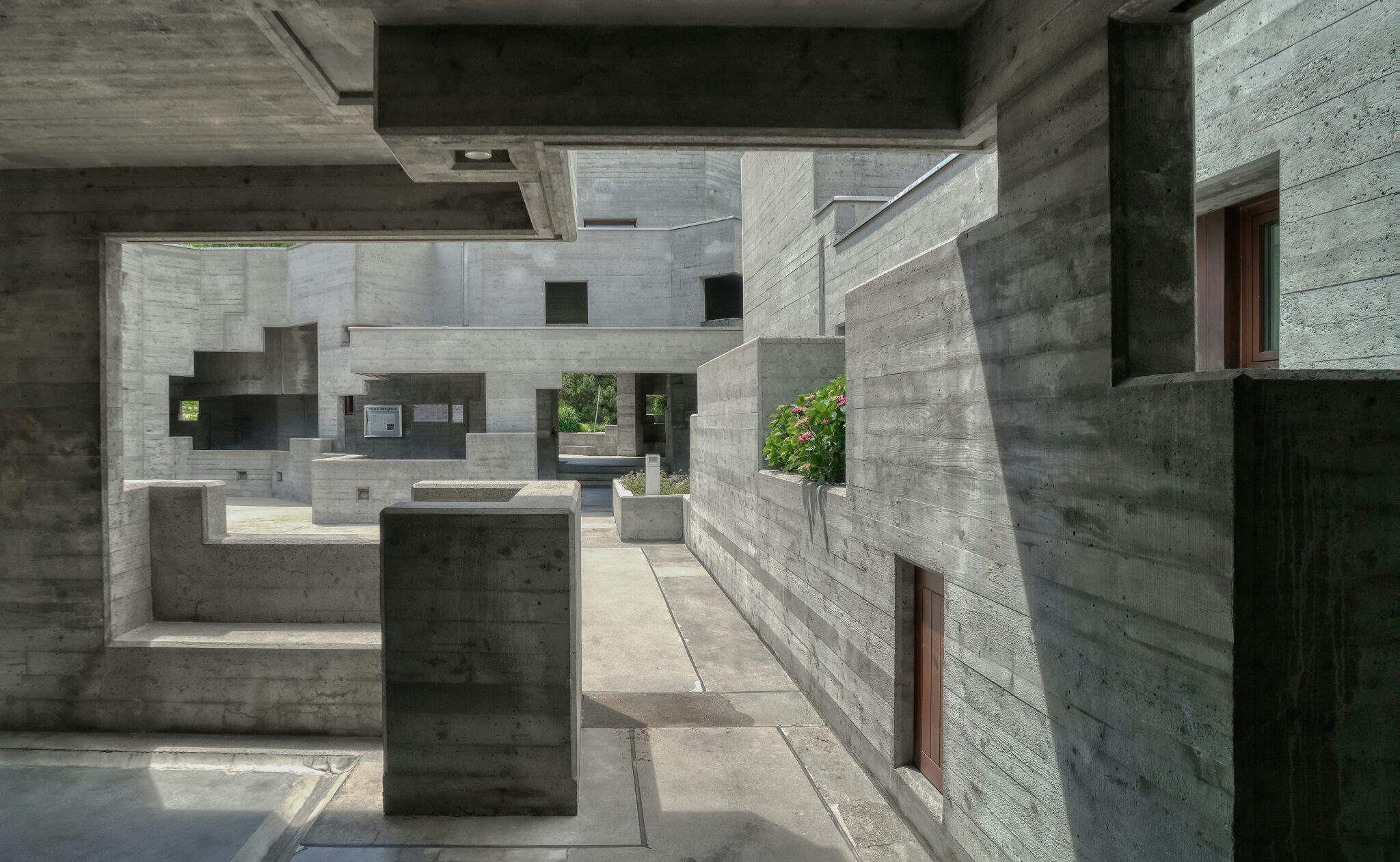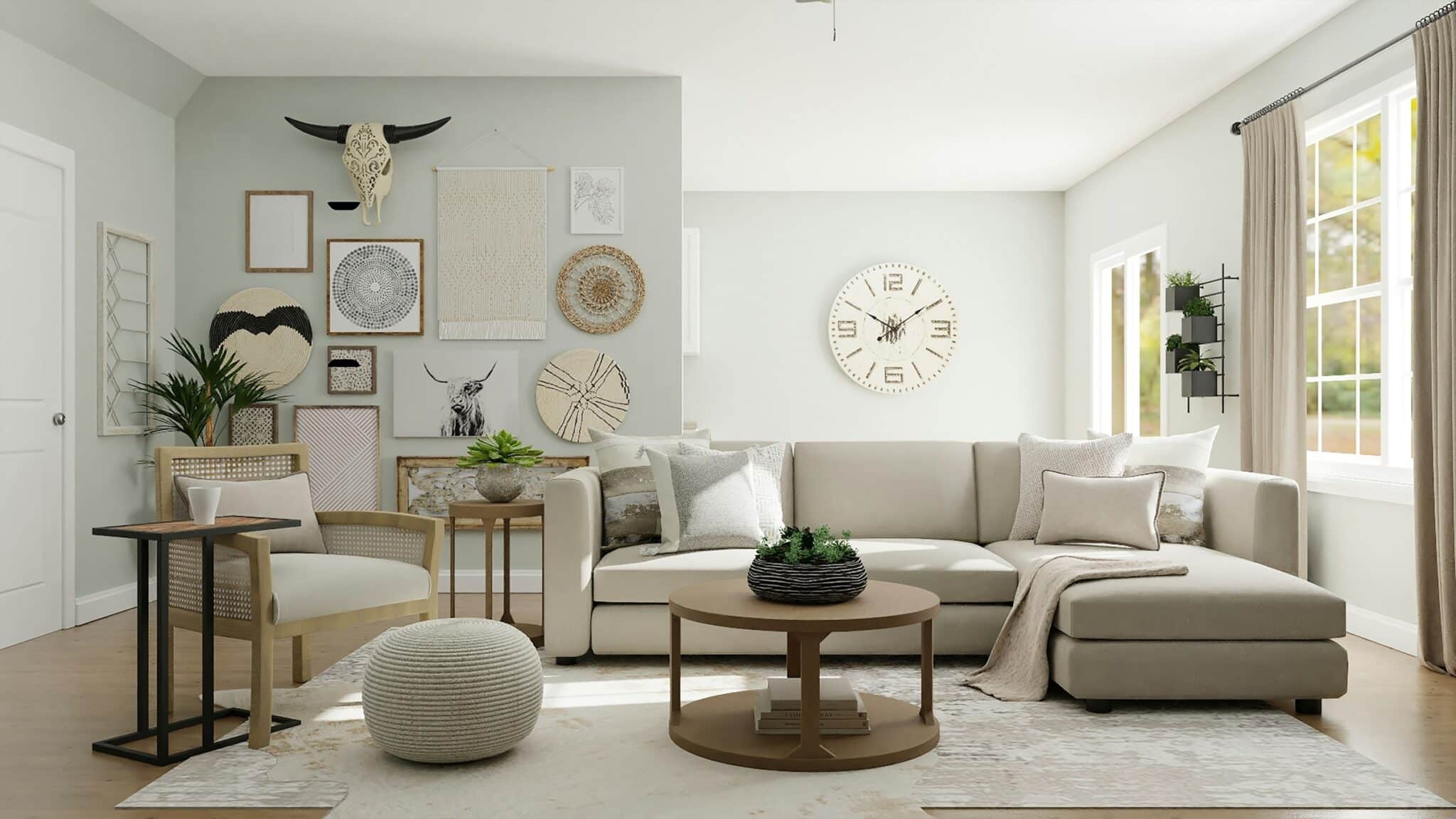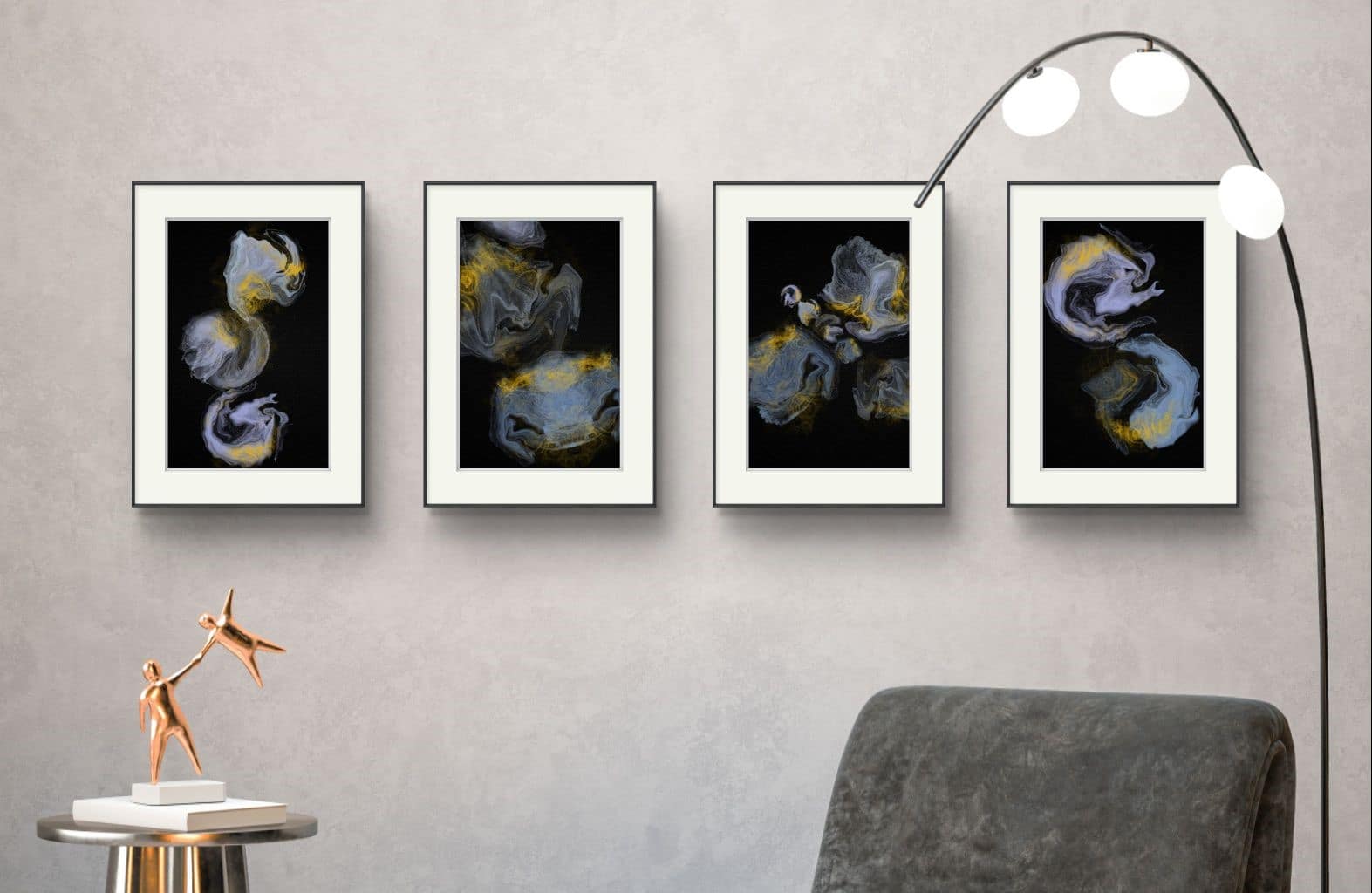The use of dark colors in interior design has long been surrounded by misconceptions. Many fear that shades like charcoal, navy, or forest green might make a space feel smaller, more enclosed, or overly dramatic. However, when used thoughtfully, dark colors can add depth, sophistication, and a sense of grounding to any room. This blog post aims to dispel the myths associated with dark hues and explore how they can transform interiors into rich and inviting environments.
Breaking the Myth: Dark Colors Do Not Necessarily Make Rooms Smaller
It’s a common belief that dark colors make a room feel smaller, but this is not always the case. In fact, dark walls can sometimes make a space feel more expansive. When walls are painted a deep shade, the corners can seem to disappear, especially in low light, creating an illusion of more space, not less. Additionally, dark colors absorb light rather than reflect it, allowing for a feeling of infinite depth that lighter colors, which reflect boundaries more clearly, cannot achieve.
Creating Depth and Contrast
One of the most effective ways to use dark colors is to create contrast. This can be achieved by incorporating lighter colors or materials, such as metallic finishes, light wood tones, or pastel textiles. This contrast not only brightens the space but also makes the dark elements stand out, giving the room a dynamic and layered look. For instance, a deep indigo wall paired with a crisp white ceiling and golden oak flooring can produce a breathtaking effect that is both warm and inviting.
Enhancing Coziness and Comfort
Dark colors are inherently cozy. They can transform a large, stark room into a warm, intimate space. This is particularly effective in spaces designed for relaxation and comfort, such as bedrooms and living rooms. Dark walls in a bedroom can create a cocoon-like feel that enhances sleep, while rich, dark tones in a living room can make it feel more welcoming and snug—perfect for family gatherings or quiet evenings.
Highlighting Architectural Features
Dark colors have a unique ability to highlight architectural details. Painting features such as moldings, trims, or wainscoting in a dark hue can draw attention to these elements, accentuating the craftsmanship and character of a space. In modern homes, a bold color can underline clean lines and geometric shapes, adding drama and interest.
Choosing the Right Finish
The finish of the paint plays a crucial role in how dark colors impact a room. Matte finishes absorb light, giving walls a velvety depth that can make the color appear richer and more saturated. On the other hand, glossier finishes reflect light, which can help to keep the space feeling vibrant and energetic. Depending on the desired effect, choosing the right finish can make a significant difference.
Incorporating into Various Design Styles
Dark colors are versatile and can be integrated into many design styles. In a minimalist setting, a dark wall can serve as a bold backdrop that highlights curated furnishings and artwork. In more traditional or opulent settings, dark colors can add a layer of sophistication and luxury, especially when combined with textured fabrics like velvet or silk.
Lighting is Key
Good lighting is essential when using dark colors. Without adequate light, dark rooms can indeed appear smaller and less inviting. Incorporate a mix of ambient, task, and accent lighting to enhance the functionality and aesthetic of the space. Strategic lighting can illuminate areas of interest, create ambiance, and make a dark-colored room feel both spacious and atmospheric.
Using Dark Colors in Small Spaces
Even small spaces can benefit from dark colors. A dark accent wall can add depth and interest without overwhelming the room. Alternatively, painting a small bathroom or powder room in a bold, dark color can turn it into a striking, jewel-box space that feels chic rather than cramped.
Conclusion
Dark colors in interior design should not be feared but embraced. They offer a powerful tool for creating depth, contrast, and atmosphere in a space. By understanding how to balance and complement these hues with lighting, contrasting colors, and the right decorative elements, any room can be transformed into a sophisticated and enveloping space. Dark colors challenge the conventional wisdom about small spaces and light walls, proving that with the right approach, they can make any room feel special and beautifully curated.



